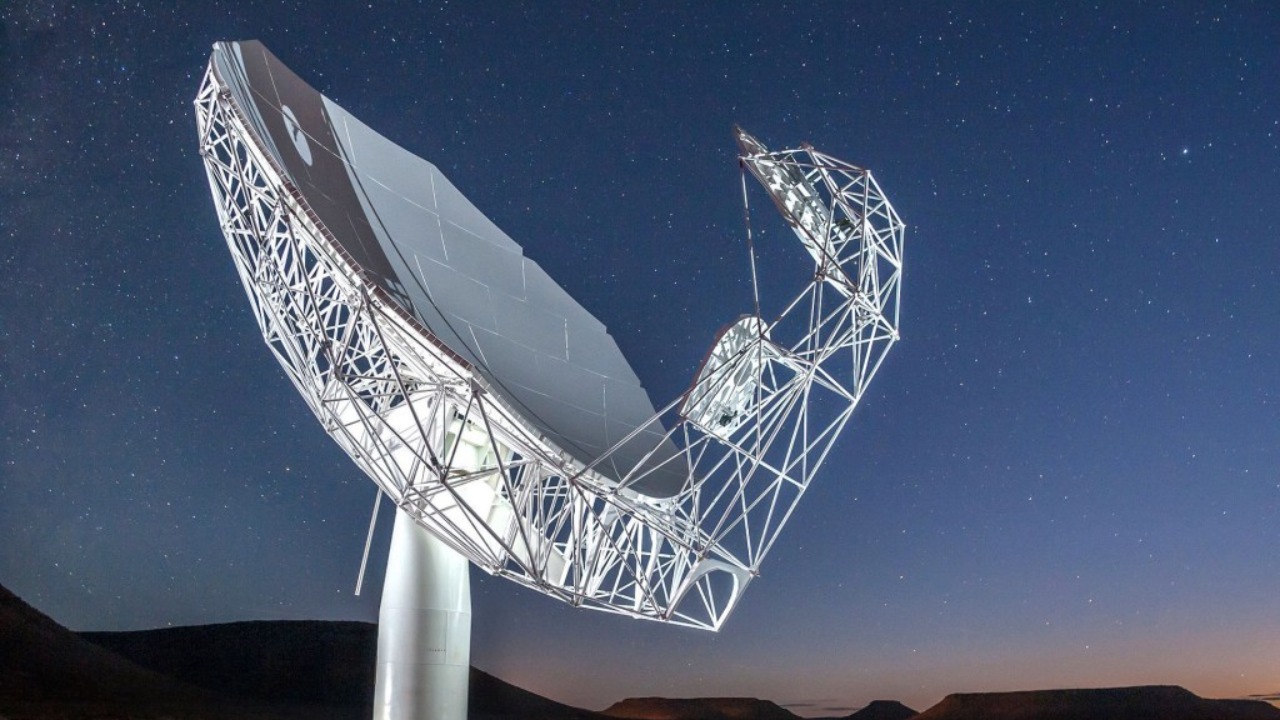
Astronomers are making significant strides in detecting an ancient signal from one of the universe’s most unexplored periods. This breakthrough focuses on uncovering the cosmic dawn, a pivotal era in cosmic history, using the far side of the Moon as a vantage point. This remote location provides a unique opportunity to shield observations from Earth’s pervasive radio interference, enhancing the clarity of the data collected (Live Science; Cosmos Magazine).
The Nature of the Ancient Signal
The ancient signal in question is a faint radio emission that potentially dates back to the universe’s early epochs. This signal is crucial for probing the cosmic structures that formed shortly after the Big Bang. By studying this emission, astronomers hope to gain insights into the universe’s formative years, particularly the period when the first stars began to shine (Live Science).
This signal represents a direct trace of neutral hydrogen gas clouds from the time when the first stars ignited, transforming the universe from a state of darkness to one filled with light. The detection of this signal is challenging due to its extreme faintness and the overlap with modern radio noise. Advanced filtering techniques are necessary to isolate this ancient signal from the cacophony of contemporary radio emissions (Live Science).
One of the Most Unexplored Periods in Our Universe
The era known as the Cosmic Dawn occurred roughly 100 to 200 million years after the Big Bang. During this time, the universe transitioned from an opaque fog to a transparent space filled with light. Despite its significance, this period remains largely mysterious due to the absorption of visible light by neutral hydrogen, which makes radio wavelengths the only viable method for detection (Live Science).
Mapping this epoch could provide critical insights into the formation of the first galaxies and black holes, which played a significant role in shaping cosmic evolution. Understanding these early structures could also shed light on the processes that governed the universe’s development and the conditions that led to the formation of complex cosmic systems (Live Science).
Observations from the Far Side of the Moon
The far side of the Moon offers strategic advantages for radio astronomy. The Moon’s mass effectively blocks terrestrial radio signals, allowing for the pristine detection of faint cosmic emissions. This isolation is crucial for capturing the weak signals from the Cosmic Dawn without interference from Earth-based sources (Cosmos Magazine).
Several planned or ongoing missions aim to deploy radio telescopes on the Moon’s far side to target signals from this pivotal era. These missions emphasize the isolation provided by the lunar environment, which minimizes interference and enhances the quality of the data collected. The technological requirements for these missions include low-frequency antennas designed to capture the 21-centimeter line of neutral hydrogen, a critical marker for studying this remote epoch (Cosmos Magazine).
Challenges and Future Prospects
Detecting the ancient signal involves overcoming significant hurdles, such as foreground contamination from our galaxy and instrumental noise. Astronomers are employing data calibration and machine learning techniques to address these challenges, refining their methods to isolate the faint cosmic signals from the background noise (Live Science).
The integration of lunar observations with ground-based arrays is expected to refine signal identification further. This collaborative approach could potentially confirm the timeline of the cosmic dawn within the next few years, providing a more comprehensive understanding of this critical period in cosmic history (Cosmos Magazine).
Beyond mapping the cosmic dawn, these efforts have broader scientific implications. They could test theories of dark matter and reionization processes that occurred during this unexplored period. By enhancing our understanding of these fundamental processes, astronomers hope to unlock new insights into the universe’s evolution and the forces that shaped its current structure (Live Science).